Title: The Global Market for Gilsonite: Purchase Price and Preparation Process Introduction: Gilsonite, also known as Uintaite, is a naturally occurring type of asphaltite. It is a unique and versatile material that finds a wide range of applications in various industries. In this article, we will explore the purchase price of Gilsonite and the preparation method involved in bringing it to market. Understanding Gilsonite: Gilsonite is mainly found in the Uinta Basin in Utah, USA, but it is also present in other countries such as Iran and Venezuela. It is a glossy, black, brittle solid that has a high carbon content, making it suitable for numerous commercial applications. Its unique characteristics include a high melting point, low moisture content, and excellent solvent retention.
minerals
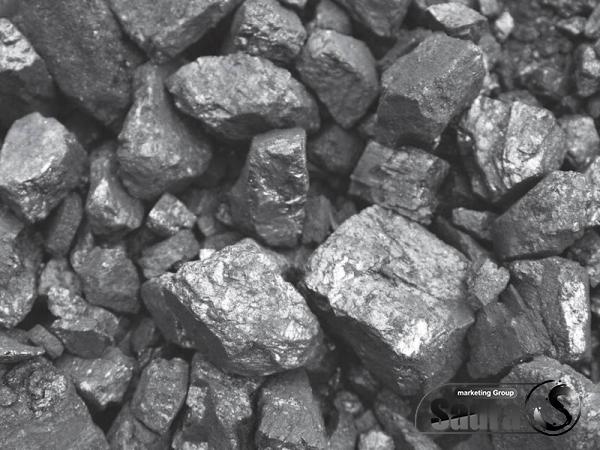 Purchase Price Factors: The purchase price of Gilsonite can vary depending on several factors, including: 1. Quality and Purity: The purity of Gilsonite is an essential factor in determining its price. Higher-quality Gilsonite with a higher carbon content and fewer impurities is generally more expensive. 2. Source Location: Gilsonite sourced from different regions can have varied costs, mainly due to transportation and import/export considerations. For example, Gilsonite from the Uinta Basin in Utah may have a higher price in countries located far from the source. 3. Supply and Demand: Just like any other commodity, the market dynamics of supply and demand can influence the purchase price of Gilsonite.
Purchase Price Factors: The purchase price of Gilsonite can vary depending on several factors, including: 1. Quality and Purity: The purity of Gilsonite is an essential factor in determining its price. Higher-quality Gilsonite with a higher carbon content and fewer impurities is generally more expensive. 2. Source Location: Gilsonite sourced from different regions can have varied costs, mainly due to transportation and import/export considerations. For example, Gilsonite from the Uinta Basin in Utah may have a higher price in countries located far from the source. 3. Supply and Demand: Just like any other commodity, the market dynamics of supply and demand can influence the purchase price of Gilsonite.
Specifications of minerals
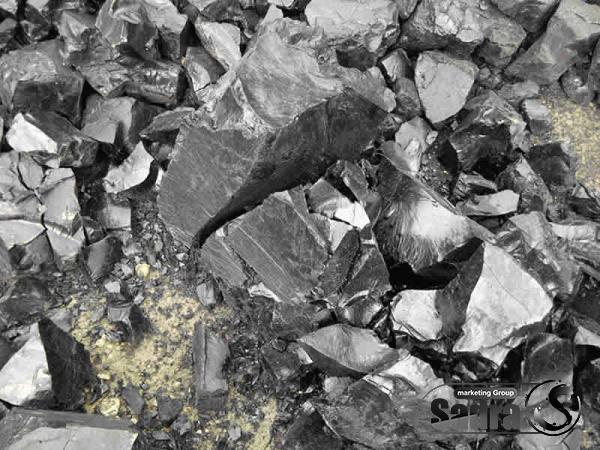 When demand is high and supply is limited, the price tends to increase, and vice versa. Preparation Method: The preparation process of Gilsonite involves several steps before it is ready for purchase. Here is a brief overview: 1. Extraction: Gilsonite is first extracted from underground deposits using traditional mining techniques. In some cases, surface mining methods may also be employed. 2. Crushing and Grinding: Once extracted, the raw Gilsonite is transported to a processing facility where it undergoes crushing and grinding. These processes break down the material into smaller particles, thereby increasing its surface area and making it easier to handle. 3. Purification and Drying: The crushed Gilsonite is then subjected to a purification process, which involves removing impurities such as rock fragments and water.
When demand is high and supply is limited, the price tends to increase, and vice versa. Preparation Method: The preparation process of Gilsonite involves several steps before it is ready for purchase. Here is a brief overview: 1. Extraction: Gilsonite is first extracted from underground deposits using traditional mining techniques. In some cases, surface mining methods may also be employed. 2. Crushing and Grinding: Once extracted, the raw Gilsonite is transported to a processing facility where it undergoes crushing and grinding. These processes break down the material into smaller particles, thereby increasing its surface area and making it easier to handle. 3. Purification and Drying: The crushed Gilsonite is then subjected to a purification process, which involves removing impurities such as rock fragments and water.
buy minerals
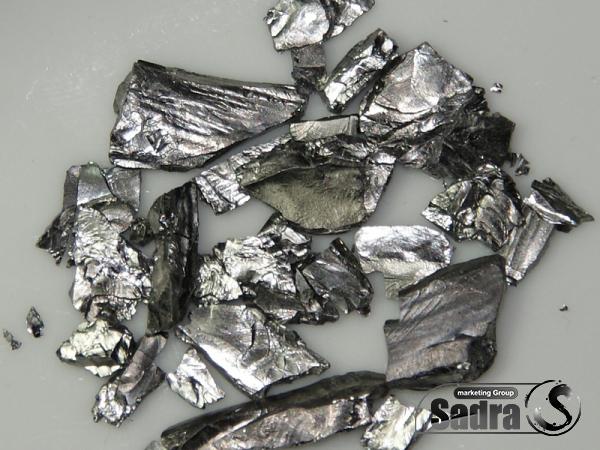 The material is also dried to reduce its moisture content, ensuring higher quality and stability. 4. Packaging and Distribution: After purification and drying, the Gilsonite is packaged in various forms, such as powdered, granular, or solid blocks. It is then distributed to manufacturers and industries where it is used for various applications, including bitumen, paints, varnishes, ink, and drilling mud. Conclusion: Gilsonite is a valuable mineral with a wide range of applications. Its purchase price is influenced by factors such as quality, source location, and market dynamics. The preparation process involves extraction, crushing, grinding, purification, drying, and packaging. As the global demand for Gilsonite continues to rise, understanding its purchase price and the preparation method will enable businesses to make informed decisions about its utilization.
The material is also dried to reduce its moisture content, ensuring higher quality and stability. 4. Packaging and Distribution: After purification and drying, the Gilsonite is packaged in various forms, such as powdered, granular, or solid blocks. It is then distributed to manufacturers and industries where it is used for various applications, including bitumen, paints, varnishes, ink, and drilling mud. Conclusion: Gilsonite is a valuable mineral with a wide range of applications. Its purchase price is influenced by factors such as quality, source location, and market dynamics. The preparation process involves extraction, crushing, grinding, purification, drying, and packaging. As the global demand for Gilsonite continues to rise, understanding its purchase price and the preparation method will enable businesses to make informed decisions about its utilization.
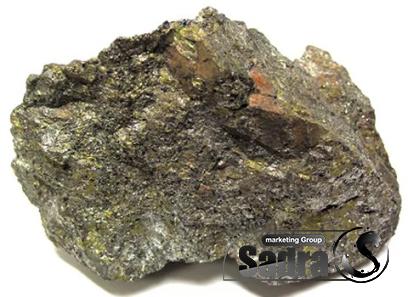
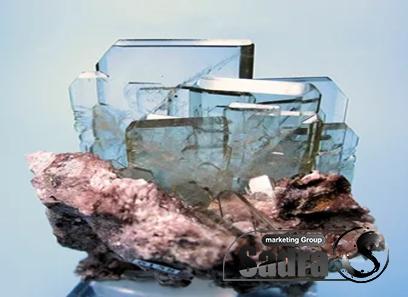
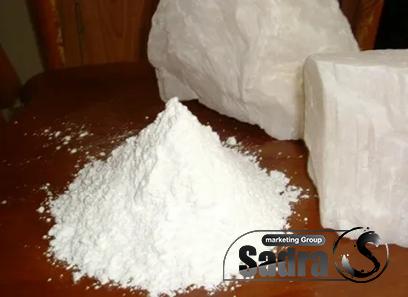
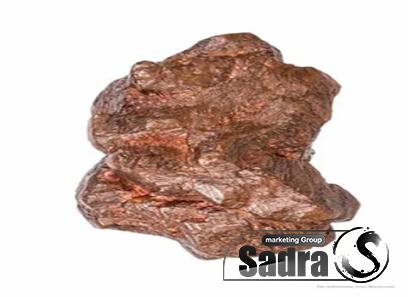
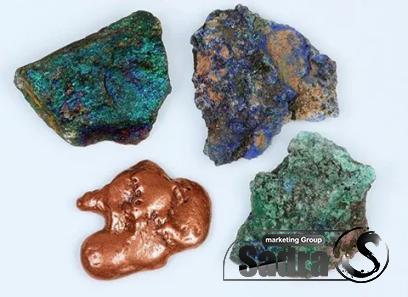

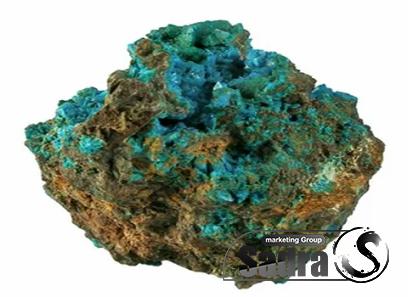
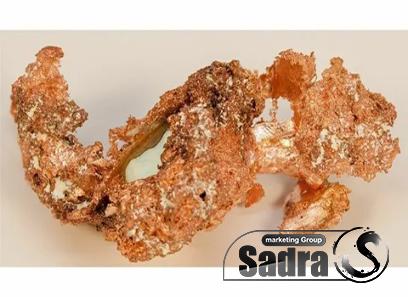
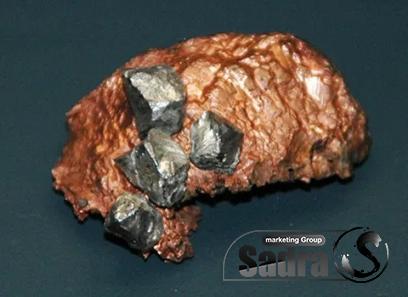
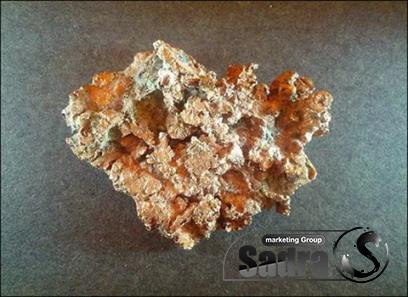
Your comment submitted.